Rick Sharga, EVP of Ten-X, held a live webinar on Tuesday to discuss his 2017 mid-year housing update and his views on whether or not the mortgage finance industry is on track for another housing bubble. Editor’s Note: all included graphs were used during the live presentation.
Sharga began by examining the various factors that play a role in the housing market. First, he talked about the gross domestic product, which currently sits at 2.6 percent. He mentions President Trump calls for a GDP growth sitting somewhere between 4 and 5 percent, which Sharga says, “isn’t close to realistic.”
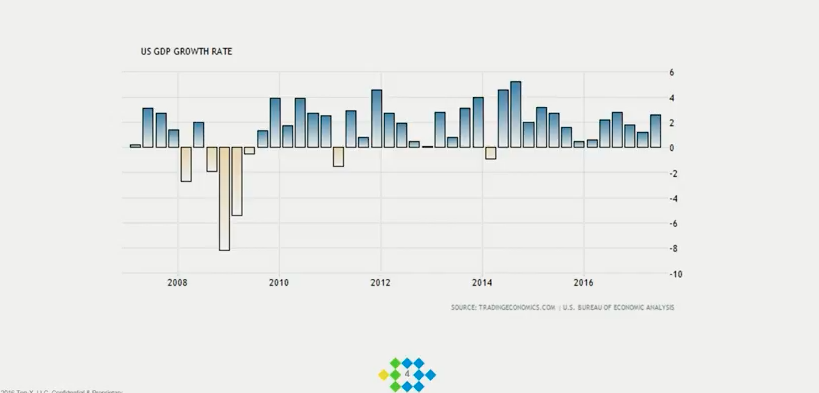
After touching on GDP, he discussed the unemployment rate, which currently sits at 4.3 percent, according to the Bureau of Labor and Statistics.
Sharga contends that unemployment under 5 percent suggests that those who would be looking for jobs already have fulltime employment, as usually, the housing market reacts opposite to the unemployment figure—if unemployment is down, home sales should be up, and vice versa. Sharga attributes that to the fact wage rates haven’t kept up with rising home prices. In addition, he says that many people are choosing other nontraditional employment routes, such as Uber and AirBnb.
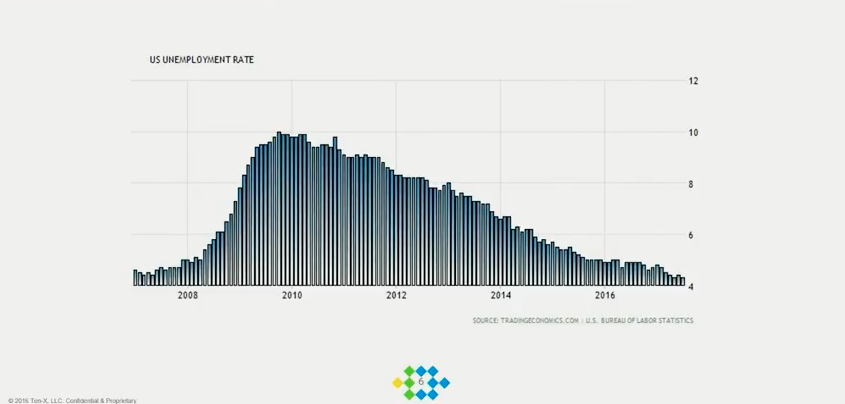
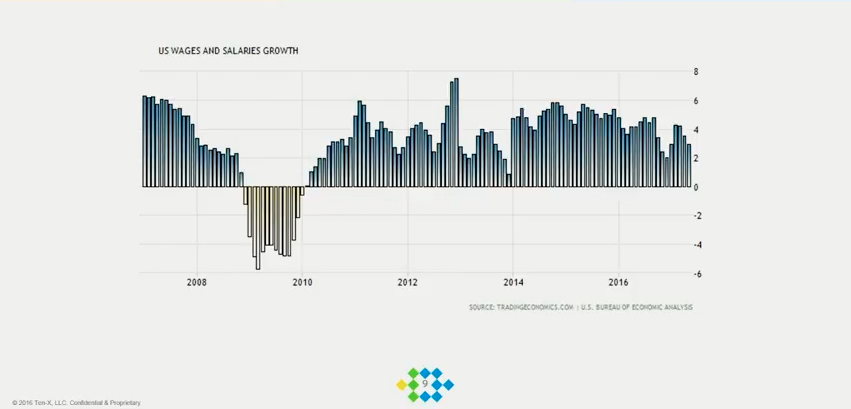
Inventory restrictions are also stifling home sales. He attributes this fact to a lower-than-average number of existing home sales, which should sit at six months. New home construction is also well below what it historically should be. See the charts they referenced below.
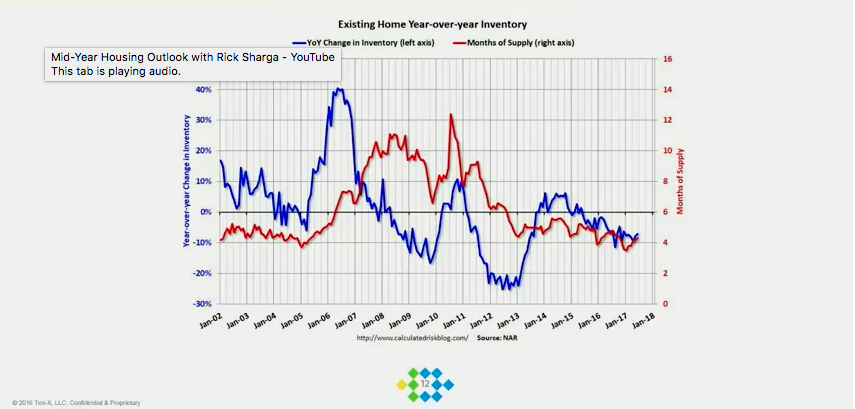
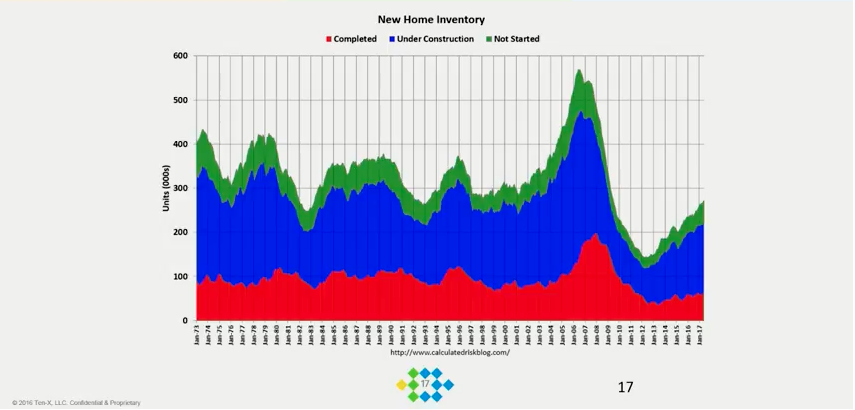
He does say, however, that inventory is improving from a 20 year low that was seen between 2012 and 2013. Housing starts are sitting at a projected 1.5 million, which is right where they should be.
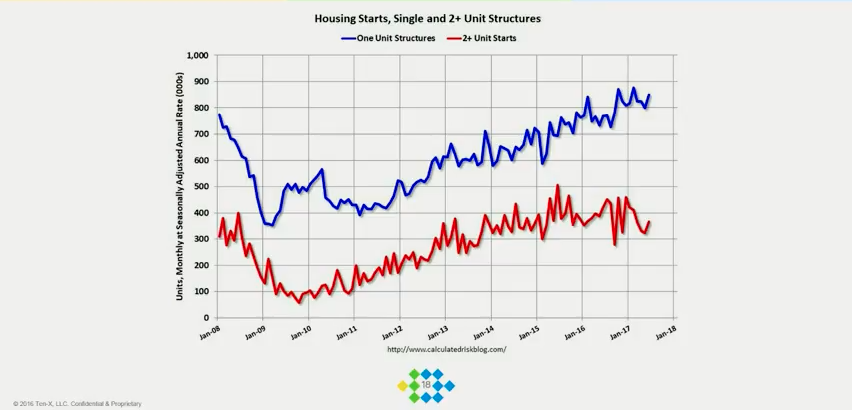
Another reason he explains why inventory is so tight is the fact that, even though there are still many people whose homes are underwater, virtually every avenue to attract delinquencies are down. Fewer homeowners are in a position of negative equity and foreclosure starts are as low as they were since 2005.
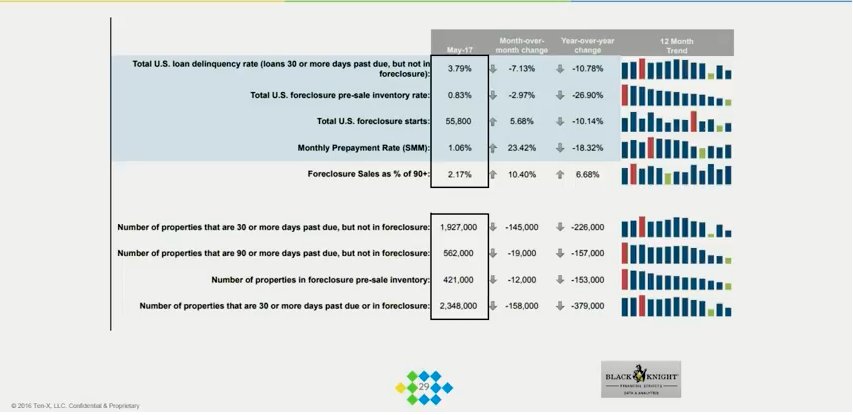
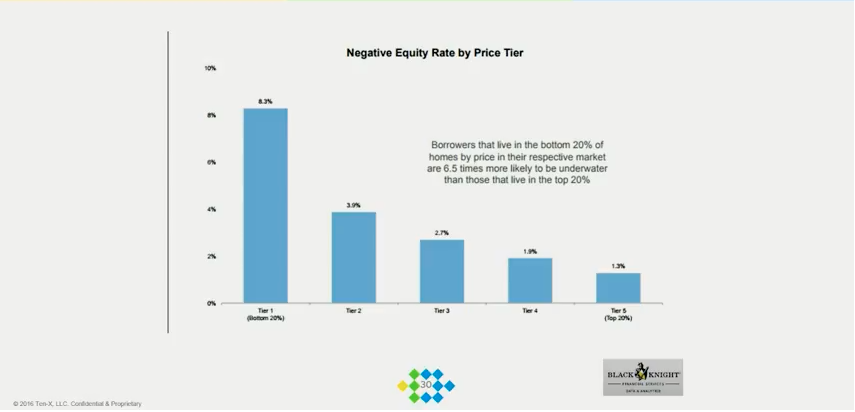
And Sharga’s conclusion? The economy is improving—homeownership rates are on the rise, albeit slowly, and the current market isn’t in the territory of another housing bubble.
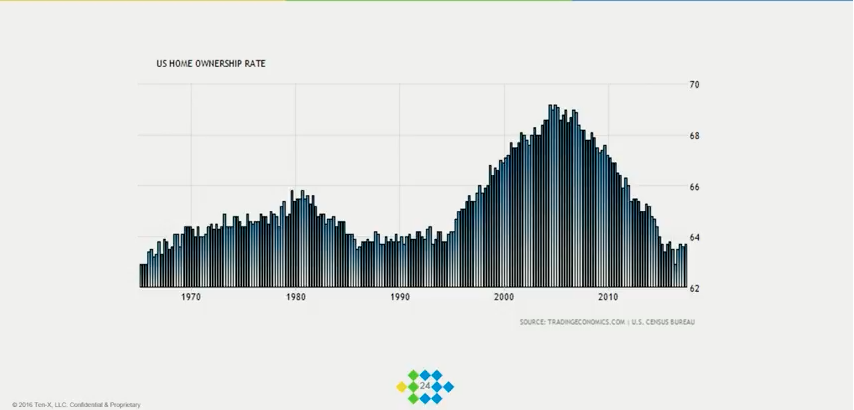
Will there be another recession? According to Sharga, yes, due to natural cycles in the economy. He predicts that it’s not inevitable in 2018—maybe 2019. And if that were the case, the industry wouldn’t see a spike in foreclosures until 2020 or 2021.

 DSNews The homepage of the servicing industry
DSNews The homepage of the servicing industry









